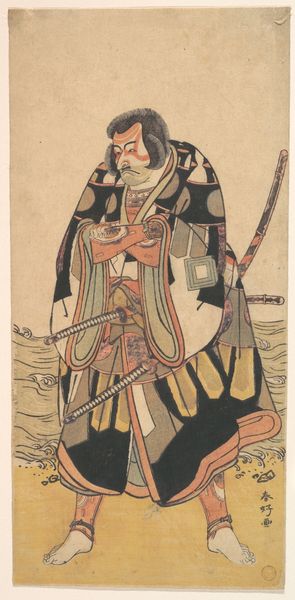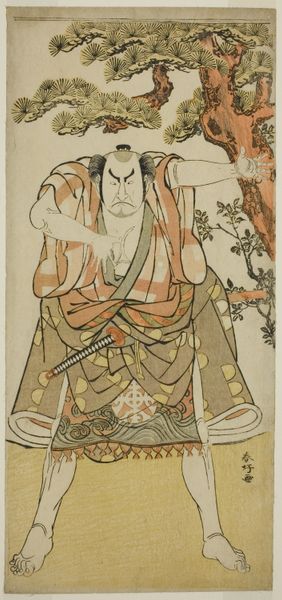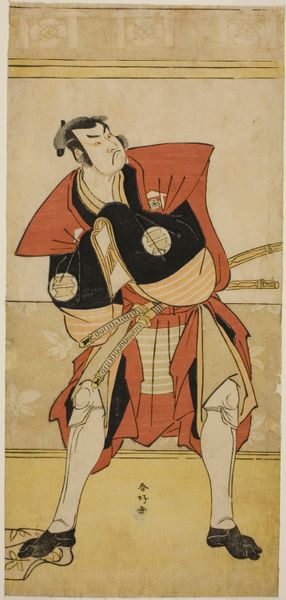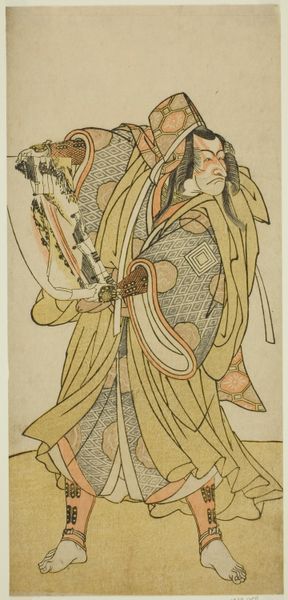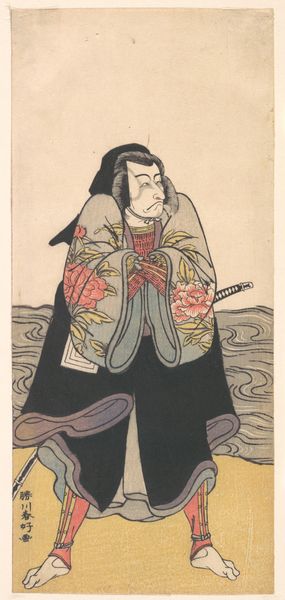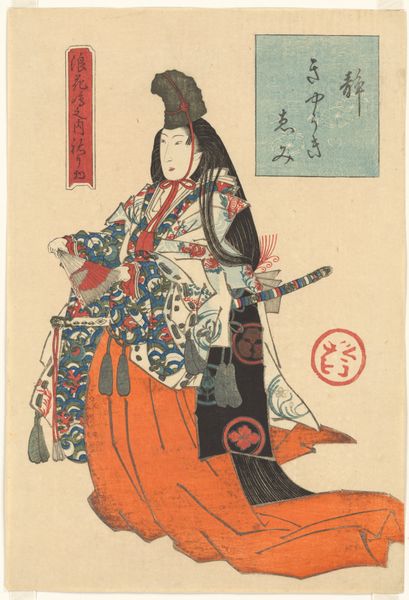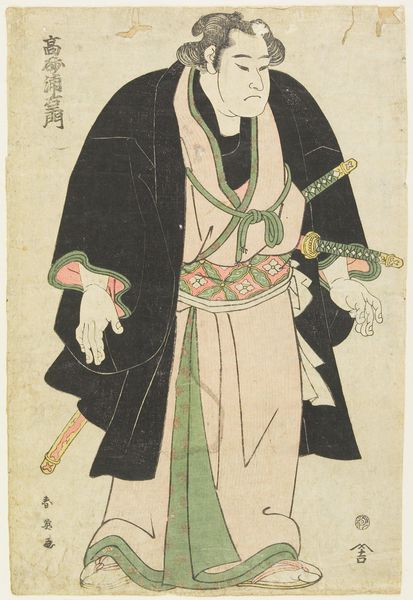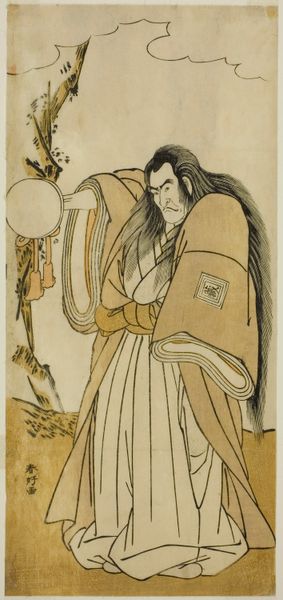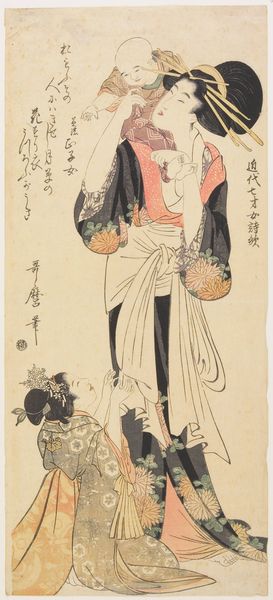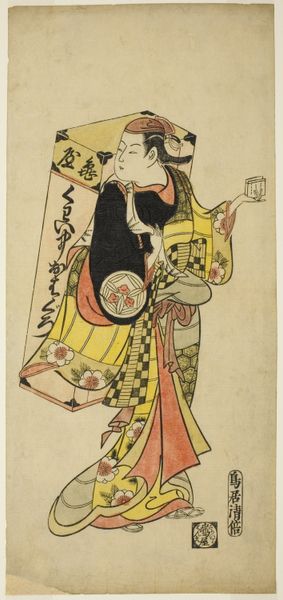![The Actor Ichikawa Danjuro V, Probably as Ise no Saburo Disguised as Sanjo Uemon, Leader of a Robber Gang, in Part Two of the Play Fude-hajime Kanjincho (First Calligraphy of the New Year: Kanjincho [The Subscription List]), Performed at the Nakamura Theater from the Fifteenth Day of the First Month, 1784 by Katsukawa Shunkō](/_next/image?url=https%3A%2F%2Fd2w8kbdekdi1gv.cloudfront.net%2FeyJidWNrZXQiOiAiYXJ0ZXJhLWltYWdlcy1idWNrZXQiLCAia2V5IjogImFydHdvcmtzLzZlNjMyYWI2LTQ3ZjUtNDNlZi1iZDFhLWE5YzU5YzYxZjM1Yy82ZTYzMmFiNi00N2Y1LTQzZWYtYmQxYS1hOWM1OWM2MWYzNWNfZnVsbC5qcGciLCAiZWRpdHMiOiB7InJlc2l6ZSI6IHsid2lkdGgiOiAxOTIwLCAiaGVpZ2h0IjogMTkyMCwgImZpdCI6ICJpbnNpZGUifX19&w=3840&q=75)
The Actor Ichikawa Danjuro V, Probably as Ise no Saburo Disguised as Sanjo Uemon, Leader of a Robber Gang, in Part Two of the Play Fude-hajime Kanjincho (First Calligraphy of the New Year: Kanjincho [The Subscription List]), Performed at the Nakamura Theater from the Fifteenth Day of the First Month, 1784 c. 1784
0:00
0:00
print, woodblock-print
# print
#
caricature
#
asian-art
#
caricature
#
ukiyo-e
#
japan
#
woodblock-print
#
japanese
Dimensions: 29 × 13.2 cm (11 7/16 × 5 3/16 in.)
Copyright: Public Domain
This woodblock print by Katsukawa Shunko, dating to 1784, depicts the actor Ichikawa Danjuro V in a Kabuki role. Ukiyo-e prints like this one were made through a division of labor. An artist, like Shunko, would create the initial design, which was then painstakingly carved into separate woodblocks—one for each color. These blocks were then printed in sequence, building up the image layer by layer. The publisher was the lynchpin in the whole operation, employing artists, block cutters, and printers. These individuals would work collaboratively to produce prints for a mass audience. Notice the flat, bold colors and strong outlines of the actor, and the patterned details on the robe. Woodblock printing was not just a commercial enterprise; it also allowed for the dissemination of cultural trends and celebrity images throughout Japanese society, reflecting the popular tastes of the time. Understanding how this print was made – the labor involved, the materials used, and its place in a broader system of production – is crucial to appreciating its full significance, and challenges the traditional distinctions between commerce, craft, and art.
Comments
No comments
Be the first to comment and join the conversation on the ultimate creative platform.
